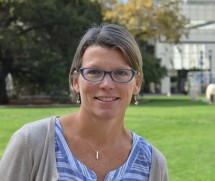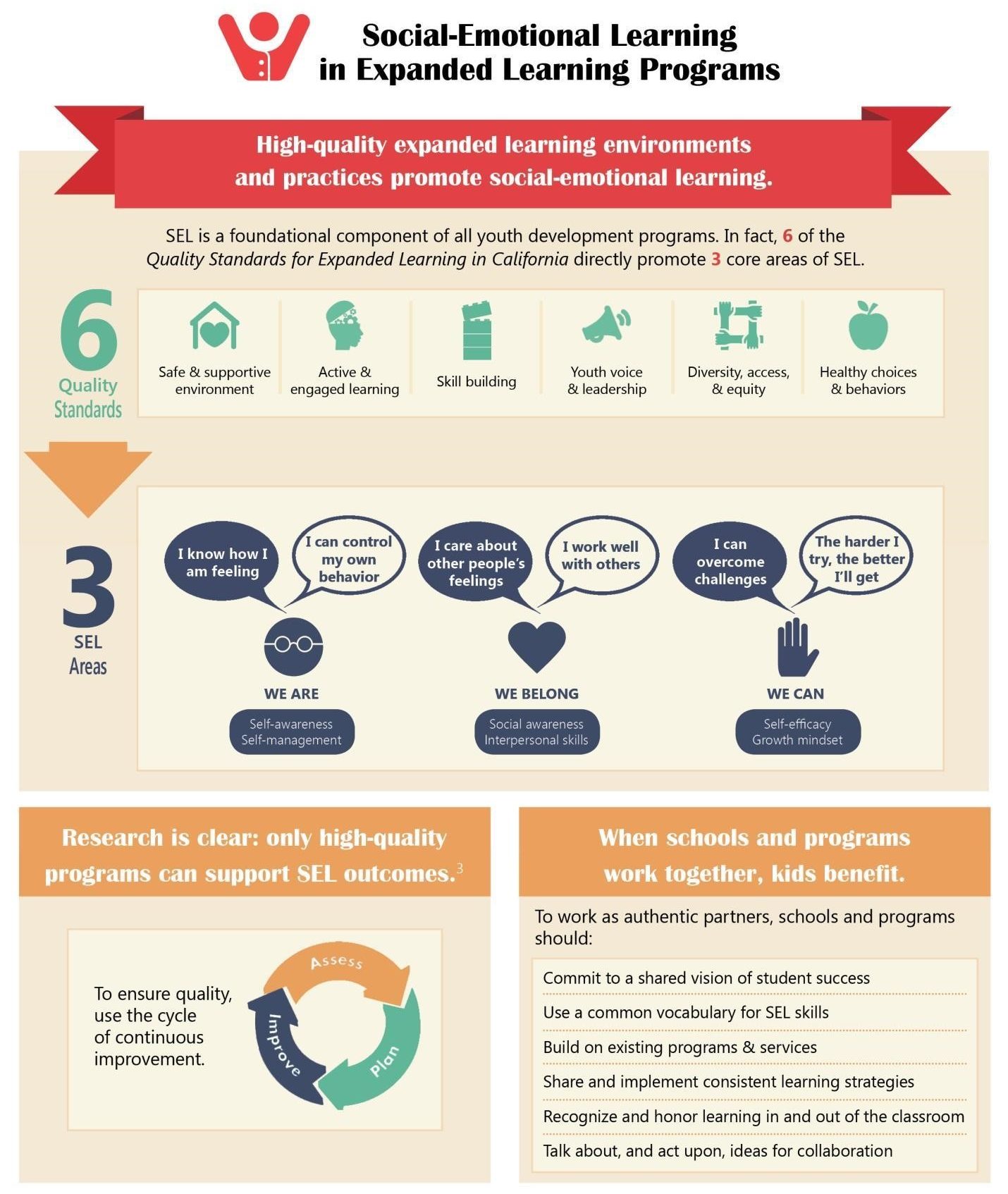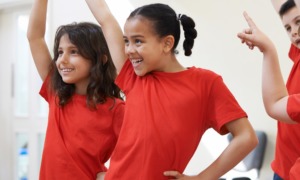 As a 23-year-old after-school worker in Brooklyn, New York, my “teacher” role was deeply intertwined with the personalities and interests of my kids. I wanted to know everything about what sparked the interests of each child in my room — what was funny, irritating, intriguing, intimidating.
As a 23-year-old after-school worker in Brooklyn, New York, my “teacher” role was deeply intertwined with the personalities and interests of my kids. I wanted to know everything about what sparked the interests of each child in my room — what was funny, irritating, intriguing, intimidating.
I weaved this knowledge into the content of units and lessons, adapting as quickly as possible when they let me know that the activities were boring, easy or stupid. I used my relationships to understand when kids weren’t doing what I hoped they’d do.
Rather than enforcing what might have seemed like arbitrary rules, I circled back constantly to talk about how the rules did or did not support their needs or the needs of the group to get work done or to have fun. These practices were instinctual as a young adult with energy and optimism about the intrinsic ability of every child, and these practices were embedded in the youth development trainings I received.
Unfortunately, when teachers at the school saw my class in action, they often had concerns: Why are the children lying on the floor? Who will clean up this mess? What’s all this noise? These interactions intimidated me because I didn’t have the vocabulary to explain what I was doing. I couldn’t affirm confidently that by creating a safe space, listening to students’ voices, offering authentic learning opportunities, I was helping them self-manage, be socially aware, have self-efficacy. In short, I couldn’t translate the youth development practices into school-day language.
This communication gap between me and the school-day teachers left a much deeper gap in understanding, and prevented us from leveraging each other’s skills and contributions. How much better and more impactful could both the teachers’ and my work have been if we’d had the language to talk about our approaches, challenges and, most importantly, shared students?
In California — and in other parts of the country — there’s a lot of interest in bridging this communication gap so that kids have more positive experiences and more consistent opportunities for learning. My organization, the Partnership for Children & Youth, has been convening nine California districts — including big ones like Los Angeles, Fresno and San Francisco — for the past three years to plan and put in place strategies to better coordinate practices among the school-day, after-school and summer programs.
Their focus has been social-emotional learning, a relatively new interest for school districts and the “bread and butter” of youth development professionals. (See my last Youth Today column for more on this.)

Meeting in mixed teams of school-day and expanded learning (after-school and summer) staff, participants quickly came to realize the added value of each other’s work and the potential for collaboration. Through their joint work, they recognized that they were using different words and frameworks to explain similar approaches and practices.
For example, the quality practices used in youth development are consistent with social-emotional outcomes that are embedded in restorative practices or Positive Behavioral Interventions & Supports (PBIS). The districts are now working to expand this understanding across their systems through professional learning communities, training and coaching, shared assessment tools and joint planning time. Their shared goal is to help schools and their expanded learning partners create consistently positive social-emotional learning opportunities for students from 8 a.m. to 6 p.m. and throughout the summer.
Based on these nine districts’ experience, the Partnership for Children & Youth has developed materials to jump-start shared understanding and collaborative conversations. In my last column I highlighted two reports that center around this opportunity for collaboration between expanded learning and school-day staff — Student Success Comes Full Circle and Finding Common Ground.
Here’s a new resource that draws from these reports to create an easily digestible two-page infographic. This infographic is intended to be a quick and easy tool to help youth workers explain to their peers, staff and school-day partners how their youth development efforts lead to improved social-emotional development and outcomes.
Our hope is to give youth workers the language to encourage important conversations with their school-day colleagues. We know that more coordination and collaboration will yield better results for students. And now, with schools increasingly invested in SEL, we have the opportunity to build a more coherent system that values the contributions and time of all adults and young people.
FOR MORE INFORMATION AND FREE RESOURCES ON SCHOOL-COMMUNITY RELATIONSHIPS, VISIT THE OST HUB.
Katie Brackenridge is the vice president for programs for the Partnership for Children and Youth. She oversees initiatives to improve the quality of and access to after-school, summer and community schools efforts in California. She also makes recommendations and advises decision-makers about policies related to the expanded learning field.





























